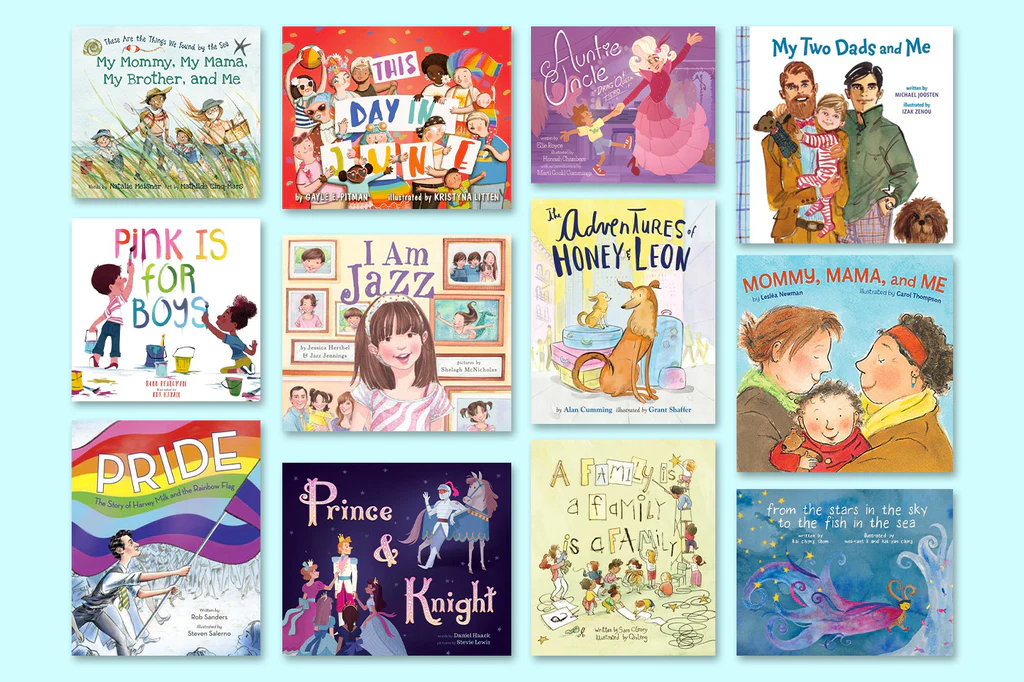5 Best Strategies for Strong Parent-Child Communication
Enhance communication with your child by active listening, reflecting their thoughts, and valuing their perspective. Set clear expectations with specific guidelines, ensuring understanding and accountability. Foster open dialogue in a safe space, encouraging sharing and deeper discussions. Show empathy, engage in understanding, and respond supportively to strengthen connections. Establish regular communication channels like family meetings and daily check-ins to promote open discussions and bonding. These strategies will create a nurturing environment for mutual growth and connection with your child.
Key Takeaways
- Practice active listening techniques to enhance communication.
- Set clear expectations and boundaries for understanding.
- Encourage open dialogue to foster sharing and connection.
- Show empathy and understanding towards your child’s feelings.
- Establish regular communication channels for family discussions.
Active Listening Techniques

To enhance parent-child communication, practice active listening techniques to show genuine interest in your child’s thoughts and feelings. Reflective listening involves summarizing what your child has said to make sure you understand correctly. This technique demonstrates that you’re actively engaged in the conversation and value your child’s perspective.
Validating your child’s feelings is vital in fostering open communication. Acknowledge their emotions by saying, ‘I understand why you feel that way,’ or ‘It’s okay to feel upset about that.’
Nonverbal cues play a significant role in communication. Mirroring your child’s emotions through your facial expressions and body language can help them feel understood and supported. Maintain eye contact, nod occasionally, and use encouraging gestures to show that you’re attentive and receptive to what they’re saying.
Setting Clear Expectations

When establishing clear expectations for your child, make sure to provide specific guidelines and boundaries to promote understanding and accountability in your communication. Consistent boundaries are essential in helping your child know what’s expected of them, creating a sense of security and structure.
By outlining clear guidelines, you offer a roadmap for your child to follow, reducing misunderstandings and conflicts. It’s important to communicate these expectations with mutual respect, fostering a positive relationship built on understanding and cooperation.
Positive reinforcement plays an important role in reinforcing these expectations. Acknowledging and praising your child when they meet or exceed the set expectations encourages them to continue displaying the desired behavior.
Remember to communicate these expectations consistently and clearly, ensuring that your child fully comprehends what’s required of them. By setting clear expectations with consistent boundaries, mutual respect, and positive reinforcement, you establish a foundation for effective parent-child communication and a harmonious relationship.
Encouraging Open Dialogue

Creating a safe and welcoming environment where they feel comfortable expressing their thoughts and feelings is vital to build trust and foster connection with your child. Show genuine interest in what they’ve to say to encourage them to share. Actively listen without judgment or interruption to let them know that their opinions and emotions are valid and respected.
One effective way to encourage open dialogue is by initiating conversations regularly. Make time for one-on-one discussions where your child feels they’ve your undivided attention. Use open-ended questions to prompt deeper discussions and show that you value their input.
Additionally, be willing to share your own thoughts and feelings, creating a reciprocal exchange that strengthens the parent-child bond.
Practicing Empathy and Understanding
Demonstrating empathy and understanding towards your child’s thoughts and emotions is crucial for effective parent-child communication. By actively listening and acknowledging your child’s feelings, you can create a safe space for open dialogue.
One way to practice empathy is through empathy exercises. These exercises involve putting yourself in your child’s shoes, trying to understand their perspective without judgment. This can help strengthen your bond and improve communication.
Understanding cues from your child is another essential aspect of practicing empathy. Pay attention to their body language, tone of voice, and facial expressions. These cues can provide valuable insights into what your child is feeling, even when they may not express it verbally. By being attuned to these signals, you can respond with empathy and support, fostering a deeper connection with your child.
Incorporating empathy and understanding into your daily interactions with your child can lead to more meaningful conversations and a stronger parent-child relationship. Your efforts to show empathy won’t only enhance communication but also demonstrate your love and care for your child.
Establishing Regular Communication Channels

Establishing regular communication channels with your child is essential for building a strong and trusting relationship. Two effective ways to achieve this are through family meetings and daily check-ins.
Family meetings provide a structured platform for open discussions, where everyone has the opportunity to share their thoughts, feelings, and experiences. Encourage your child to express themselves freely during these meetings, fostering a sense of belonging and mutual respect within the family unit.
Additionally, daily check-ins offer a more informal approach to communication. Taking just a few minutes each day to connect one-on-one with your child can make a significant difference in strengthening your bond. Use this time to ask about their day, listen actively to their responses, and offer support or guidance when needed.
Frequently Asked Questions
How Can Non-Verbal Cues Impact Parent-Child Communication?
Facial expressions, gestures, tone, and posture play a vital role in parent-child communication. They can convey emotions, intentions, and attitudes without words. Being aware of these non-verbal cues enhances understanding and connection between you and your child.
What Role Does Body Language Play in Effective Communication?
Facial expressions and tone convey emotions, while posture and gestures can enhance or hinder communication. Pay attention to these cues as they play a pivotal role in effective communication, helping you understand and connect better.
Can Cultural Differences Affect Parent-Child Communication Styles?
Cultural barriers can impact parent-child communication styles. Recognizing and understanding these differences is essential for bridging gaps. Be open, listen actively, and show respect for diverse perspectives to enhance understanding and foster stronger relationships.
How Do Parents Handle Disagreements With Their Children Respectfully?
When disagreements arise with your children, practice conflict resolution by actively listening to their perspective. Stay calm, empathize with their feelings, and communicate respectfully. This approach fosters understanding and strengthens the parent-child bond.
What Are the Benefits of Incorporating Humor Into Conversations With Children?
When chatting with your kids, humor can be a powerful tool. It lightens the mood, making discussions more approachable. By laughing together, you’re building trust and fostering connection, encouraging openness, and promoting understanding in your relationship.
Conclusion
To sum up, implementing these strategies can help strengthen communication between parents and children. By actively listening, setting clear expectations, encouraging open dialogue, practicing empathy, and establishing regular communication channels, you can create a more positive and supportive relationship with your child.
Remember, communication is key to understanding and connecting with your child on a deeper level. Keep practicing these strategies and watch your relationship flourish.

Chad Adan Kace, a young dad from Vermont, shares his parenting journey with a touch of humor and lots of love. Father to a lively baby, he explores the joys and challenges of fatherhood through his stories.







